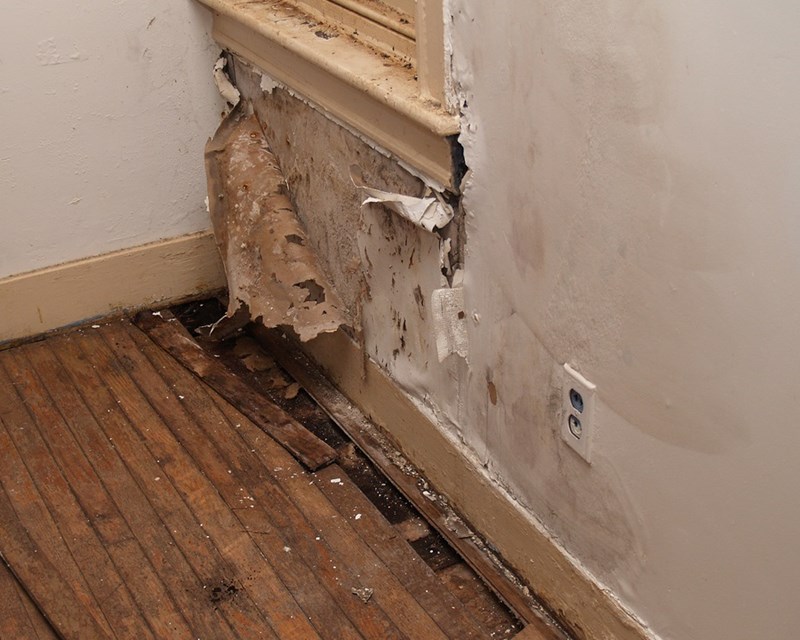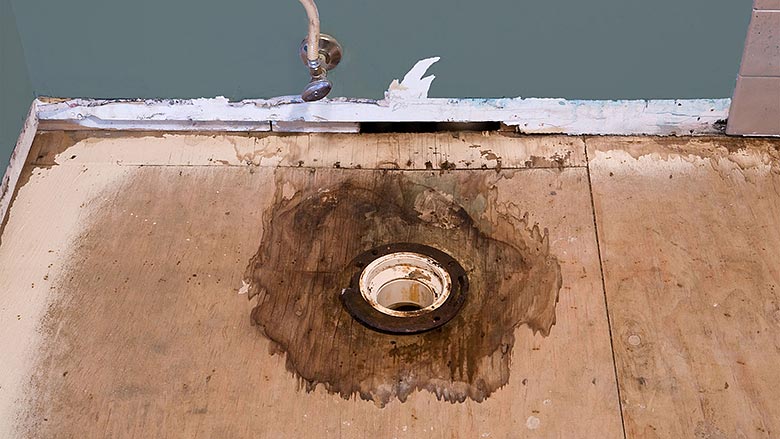Just how do you feel with regards to Common Causes of Water Damage in a Bathroom?

The washroom is very susceptible for wet build-up as well as potential water damages because of the frequent use water in it. This post provides straightforward assessment methods to help identifying water damages risks.
The constant use water in the restroom makes it exceptionally susceptible for moist buildup as well as potential water damages. By examining it regularly, you can lower water associated problems.
The complying with set of assessments is simple to execute and need to be done as soon as in every three months in order to maintain your shower room healthy as well as to prevent prospective water damages triggered by the bathtub, the shower, pipeline joints and plumbing, sinks, closets, and the commode
Do not overlook doing these inspections as well as be thorough while doing them. Keep in mind that these easy assessments can save you a great deal of money by offering very early indicators for water damages
Bathtub as well as Shower
The shower and tub call for special interest and maintenance. Examine the tiles as well as change if broken. See to it that there is no missing grout in between the tiles. Check and also replace split caulking at joints where the wall surfaces meet the floor or the bath tub. Clogged drains as well as pipelines problems will certainly protect against the bathtub from drying out and also may suggest severe troubles below the tub. Seek advice from a professional instantly to avoid architectural damage. Take note of discolorations or soft locations around the bath tub wall surfaces as they may suggest an interior leakage.
Plumbing
Signs for water damages are hard to discover considering that the majority of pipelines are mounted inside the walls.
Pay special interest to floor covering and also wall surfaces dampness and stains as they may suggest an undetectable plumbing trouble. Examine moisture levels in adjoining spaces also.
Sinks as well as Cabinets
Sinks and also closets are revealed to moisture and humidity daily and are typically ignored. Evaluate consistently under the sink and on the countertop above it. Repair any drip in the trap as it may suggest drain problems. Look around the sink, slow draining pipes may indicate a blocked drain. Change sink seals if they are fractured or loosened.
The Commode
The commode is an at risk water joint. Examine the water lines and also look for leakages around the bathroom seat, in the hose pipe, as well as under the water tank. If you spot any signs of moisture on the flooring around the commode, look for leakages in the toilet rim and tank seals.
Be aware that hanging commode dish antiperspirants boosts the possibilities for clogs.
Water Damage Signs In The Bathroom To Avoid Cleanup
Musty smell
This is one of the easiest signs to catch because musty smells are so odorous. The damp, earthy, moldy smell should be a big red flag. The smell will develop when moisture gets trapped in surfaces, and begins to facilitate mold growth. Leaking pipes under cabinets, inside walls, and behind shower fixtures will cause moisture to stay trapped and not dry, which will lead to mold growth and spread. As soon as you notice any musty smells in your bathroom, have it checked for hidden water damage and cleanup signs.
Visible mold
If the smell isn’t there to give it away, sometimes you will actually see mold growth. Finding mold in your bathroom is a serious problem, because mold is very harmful to your health. By the time mold growth is visible, it also means that water damage has already occurred and been present for some time. The only way the mold problem can be resolved is to find the source of the moisture and get it stopped. To safely and adequately remove mold, you need to have professionals handle the remediation. Do not waste any time in getting mold problems addressed, fixed, and sanitized so that you can protect you and your family from the many respiratory symptoms caused by mold exposure.
Damaged floors
Bathroom floors should be able to withstand some exposure to water while still remaining in good condition. However, when excess exposure or water leaks occur, they will begin to damage even the most water-resistant flooring. If you notice any cracking, bubbling, staining, or warping on your bathroom floors, there is probably a water leak somewhere causing the distortion. If you notice areas of the floor have become softer, or even have a spongy feeling, there is probably damage to the subfloor. Subflooring is typically made up of plywood. When plywood is exposed to water or moisture, it will absorb it. Once it has become saturated, the weight of the excess water will cause the wood to swell and soften. Check the floors in your bathroom frequently to catch any of these sings before they lead to damaged subflooring.
Changes on walls
When water leaks behind walls, it will cause changes in the drywall. Peeling plaster, blistering paint, and soggy wallpaper are all good indicators that excess water is building up behind the wall. Water leaking behind drywall will cause it to swell and be soft to the tough. If you start to notice gaps along the trim of your walls, or where tile meets the wall, it could also be a strong indicator that there is a leak behind the wall. Any changes, distortion, or damage on the walls should be evaluated as soon as you notice it to prevent further water damage and cleanup.

I hope you enjoyed reading our post about Preventing Water Damage in the Bathroom. Thanks for taking a few minutes to read through our post. In case you appreciated our post plz remember to pass it around. We treasure reading our article about Looking for Signs of Water Damage in the Bathroom.
This Page